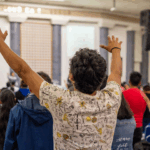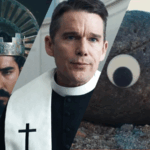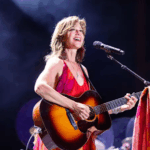Christians awake, salute the happy morn.
“What do you want for Christmas?” John Byron asked his daughter Dolly in 1749.
In answer to the age-old question, Dolly asked, not for two front teeth but a poem!
Imagine the reaction to that request from 20th century parents, who would expect a wish list of the latest games or gadgets.
In answer to Dolly’s request, John Byron wrote some verses.
When John Wainwright, the organist of Manchester Parish Church read them, he wrote a tune for the poem. On Christmas morning, Dolly and her father awakened to hear a choir beneath the window singing, “Christians awake, salute the happy morn, whereon the Saviour of the world was born.”
The theology of the Nativity is in the story-telling of Byron’s carol and the gospel proclaimed. The story of the birth of Christ is told in four verses, then the gospel is proclaimed in the last:“to sing, redeemed, a glad triumphal song” and “saved by his love, unceasing we shall sing.”
Carols were first sung inEurope before the time of Christianity. This was pagan music, sung at the winter solstice celebration. The word “carol” means dance or song of joy. The early church replaced the solstice celebrations with Christmas and carols were meant to be sung only at that time.
“I’m dreaming of a white Christmas,” is hardly a song of joy, and “Jingle bells”, although joyful, is sung to welcome, not the Christ Child, but the mythical Father Christmas.
Our western culture has seamlessly integrated Christmas music which may not be exactly pagan, but scarcely Christian either, and a thought for the organisers of “Carols by Candlelight” to ponder.
Linda Sutton













